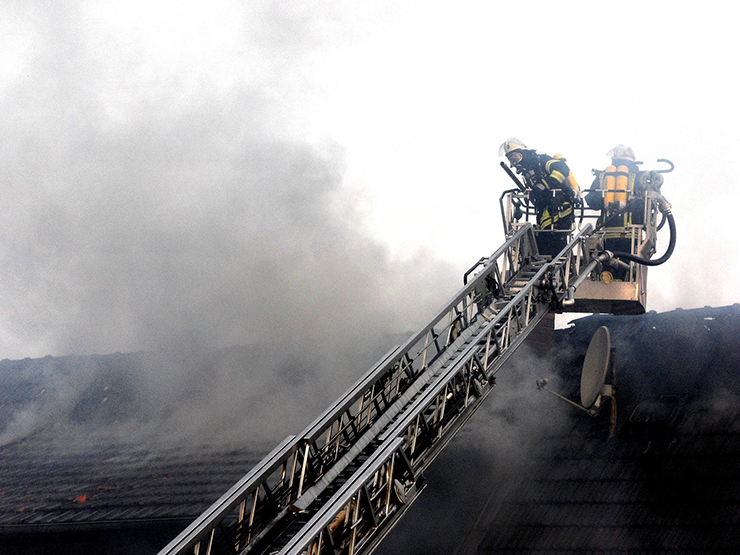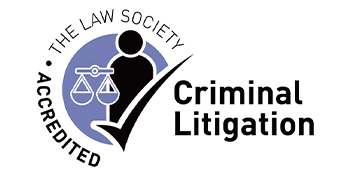STRAIN
A'I GWMNI
AND COMPANY
14A Stryd Penlan, Pwllheli, Gwynedd

New guidelines covering arson and criminal damage

Date: 2019-07-03
Today the Sentencing Council published new guidelines covering arson and criminal damage of all kinds, as well as threats to destroy property. There were existing guidelines, but they were thought to be very limited and only covered the Magistrates Court, there were no guidelines for the Crown Court, which deals with the more serious offences.
Sentencing guidelines are designed to ensure that the court passes an appropriate sentence and does so consistently across all of these extremely varied cases.
A judge must follow sentencing guidelines unless it is not in the interests of justice to do so.
The new guidelines will replace those that existed in the Magistrates Court and extend to the Crown Court, covering all offenders aged over eighteen.
The Sentencing Council has said that the guidelines will make sure courts consider:
• The full impact of arson or criminal damage such as vandalism on national heritage assets including listed buildings, historic objects or unique parts of national heritage and history. • The economic or social impact of damaging public amenities and services such as a fire at a school or community centre, or criminal damage at a train station, which can adversely affect local communities or cause economic hardship to neighbouring houses or businesses. • The effect on communities when an area’s emergency services or resources are diverted to deal with an incident of criminal activity.
The guidelines provide starting points, and category ranges for offences of arson, arson and criminal damage (intending that, or being reckless as to whether life is endangered), criminal damage over £5,000, criminal damage under £5,000, racially or religiously aggravated criminal damage of both values, and threats to destroy or damage property.
The guidelines require a sentencer to determine the ‘culpability’, taking into account things like planning, intended amount of damage, and motive, and ‘harm’, taking into account physical or psychological harm caused, the value of the damage actually done, and any subsequent loss the damage causes.
Racially and religiously aggravated offences are given an ‘uplift’ for the level of aggravation, making for more severe punishment and possibly lifting an offence above the custody threshold.
To take an example, criminal damage under £5,000 with elements of significant planning and causing a high amount of damage and distress would lead to a starting point of a high-level community order with a range from a medium-level community order to three months custody. If that were a racially aggravated offence, where the racial motive was a significant part of the offence, that would likely increase the starting point to a custodial sentence.
Commenting on the new guidelines, John Bache JP, National Chair of the Magistrates Association, said:
‘We are very pleased that the new guidelines for Arson and Criminal Damage have been published, and will be available for magistrates from 1st October. These new guidelines will be very helpful to magistrates dealing with these important cases and clearly set out the relevant factors in determining harm, beyond a focus on physical damage. It is, however, right that if an offender has mental health conditions or learning disabilities then courts must obtain assessments to fully understand whether this impacts on their culpability, and this guideline will help to ensure that this happens.’
How we can assist?
If you need specialist advice, then get in touch with Michael Strain on 01758 455 500 and let us help. We can advise on all aspects of your case.
Back to view all blog posts.
Our Specialties Include:
> Personal Injury
> Matrimonial & Family Law
> Criminal
> General Disputes & Litigation
Useful Information
> Legal Costs Funding & Appeals
> Resources & Articles
> Accreditations & Awards
> Testimonials
>Private Client Rates
Contact Us
Address: 14A Stryd Penlan, Pwllheli, Gwynedd
Phone: 01758 455500
E-mail: office@strainandco.co.uk

© 2025 Strain and Company. Authorised and Regulated by the SRA firm no 644052. All Rights Reserved. Privacy Notice.
Website by Delwedd.